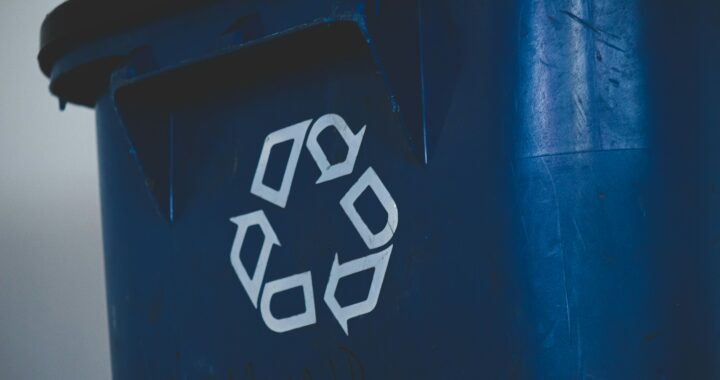Swipe Out Hunger program aims to lessen food insecurity among students
3 min read
UMW surveys suggest that 20-25 percent of students face food insecurities. | Sodexo
by SCOTTI MULLEN
News Editor
UMW Dining launched a new program in Sept. 2021 called Swipe Out Hunger, which aims to help lessen food insecurity for students on campus.
The program allows Sodexo and UMW Dining to donate meal swipes to a Swipe Out Hunger meal plan. Students can fill out a form to see if they are eligible to receive these meal swipes. CJ Porter, the director of Transfer and Off-Campus Student Services and host of Swipe Out Hunger, then reviews this form. If the student is eligible, UMW Dining will put meal swipes on their Eagle One that can be used just like normal swipes for food around campus.
Rose Benedict, the unit marketing manager for UMW Dining Services, explained Swipe Out Hunger’s history and details.
“In essence, we donated/deposited 3,600 meals into a special Swipe Out Hunger meal plan that was created for the express purpose of providing meals for students who are experiencing food insecurity,” said Benedict. “Sodexo did a pilot program in 2019 on 12 campuses, and then broadened their participation to over 100 campuses in 2020. The program is now spreading, and we hope it will soon be offered at all of Sodexo’s university accounts.”
According to surveys administered by the university in 2019 and 2021, 20 to 25 percent of UMW students are experiencing some level of food insecurity.
Of those surveyed, 11 percent of UMW students reported being subject to high levels of food insecurity, which is defined as having frequent difficulty getting enough food to eat or even needing to skip meals for financial reasons.
The form students fill out has three questions: “Which meal plan do you currently have? How many complete, nutritious meals are you able to provide for yourself each week? How many meals per week at the Top of the UC do you think would be beneficial to you?” Porter then performs a brief interview of the candidate to see if they qualify.
Porter is happy with the initiative’s success and wants students who need it to take advantage of the opportunity.
“In my estimation, the program has been very successful so far,” said Porter. “Any place where we can make a dent in food insecurity is a good thing. We have approximately 15 people now taking advantage of the program.”
Students using donated meal swipes remain completely anonymous.
Taylor Coleman, a junior majoring in History within the College of Education, is the student champion—an advocate for Swipe Out Hunger that helped advertise the initiative—of Swipe Out Hunger.
“I do feel like this program is beneficial for students,” said Coleman. “Food insecurity of college students is an issue that is not talked about enough, and this program allows for students to have an avenue they can turn to if they are food insecure. Along with things like the Eagle Resource Closet, it’s a way to make sure students always have food. This program is for every student that needs it. If you are food insecure, you are not alone, and there are many resources available to you such as the Swipe Out Hunger Program. Every student deserves to have food.”
UMW students facing food insecurity are welcome to visit the Eagle Resource Closet (ERC), located on the fifth floor of Lee Hall. The ERC provides food, toiletries, clothing and other necessities free of charge, to any faculty, staff or student in need of it. The goods are donated by those in the Fredericksburg community with the goal of eliminating food insecurities on campus.
Students interested in signing up can use this form or contact CJ Porter at cjporter@umw.edu or 540-654-1659.
Samantha Stachowiak contributed to reporting for this article.











